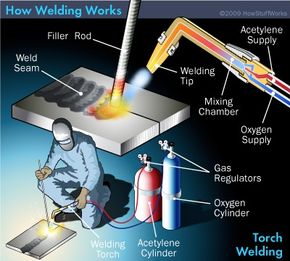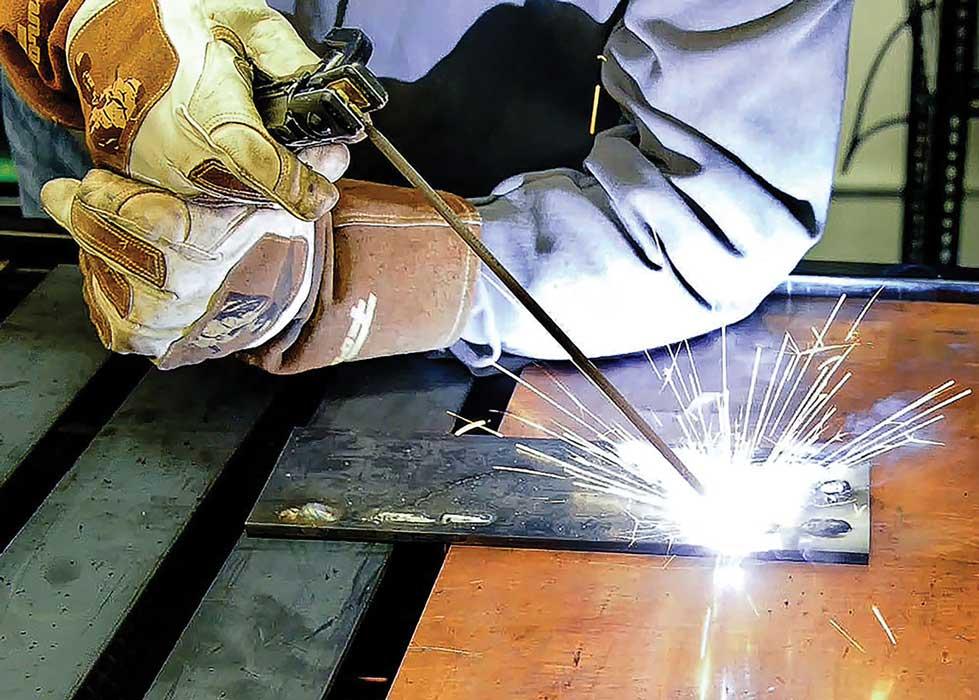Welding WPS Explained: Secret Elements and Advantages for Your Welding Procedures
Achieving Welding Quality: Revealing the Secrets of WPS Application and Optimization
In the realm of welding, accomplishing excellence is a quest that depends upon the thorough application and optimization of Welding Treatment Specifications (WPS) These fundamental files act as the backbone of welding procedures, determining the treatments and parameters required for generating high-quality welds constantly. However, the keys to opening the complete potential of WPS exist not only in understanding its value yet additionally in grasping the intricacies of its implementation and optimization. By diving into the crucial elements, strategies, challenges, and best techniques connected with WPS, a world of welding excellence awaits those that are willing to explore its midsts.
Relevance of WPS in Welding
The Relevance of Welding Treatment Specs (WPS) in the welding sector can not be overstated, working as the backbone for guaranteeing consistency, top quality, and safety and security in welding operations. A WPS supplies detailed instructions on how welding is to be brought out, including vital variables such as materials, welding processes, joint layout, filler metals, preheat and interpass temperature levels, welding currents, voltages, traveling rates, and a lot more. By sticking to a distinct WPS, welders can keep harmony in their work, causing consistent weld quality throughout various tasks.

Crucial Element of WPS
Reviewing the essential components of a welding procedure requirements (WPS) is vital for recognizing its function in welding operations. An extensive WPS consists of a number of essential elements that guide welders in achieving high quality and consistency in their work. One important facet of a WPS is the welding process requirements, which details the certain welding procedures to be used, such as gas tungsten arc welding (GTAW) or shielded metal arc welding (SMAW) In addition, the WPS includes details on the welding materials, such as the type and specifications of the base steel and filler steel to be made use of. The WPS also defines essential variables like welding specifications, preheat and interpass temperature level requirements, and post-weld heat therapy procedures. Moreover, it consists of information on joint design, fit-up, and any type of special techniques or safety measures essential for the welding procedure. By integrating these crucial elements right into the WPS, welding treatments can be standard, making sure high quality, efficiency, and security in welding operations.
Strategies for WPS Optimization

Secondly, training and qualification of welding employees according to the details requirements of the WPS is critical. Offering comprehensive training programs and making sure that welders are licensed to perform treatments laid out in the WPS can lead to better welds and reduced rework.
Furthermore, leveraging innovation such as welding software program and monitoring systems can assist in maximizing WPS. These tools can help in tracking variables, guaranteeing criteria are within specified limits, and providing real-time comments to welders, allowing them to make prompt adjustments for enhanced weld high quality.
Common Obstacles and Solutions
Encountering challenges in executing the approaches for WPS optimization can prevent welding operations' effectiveness and top quality. One usual obstacle is insufficient training or understanding of the welding procedure requirements (WPS) among the welding team. This can lead to improper execution of welds, leading to flaws and remodel. To resolve this, comprehensive training programs my site should be executed to ensure that all welders excel in using and translating WPS accurately.
An additional difficulty is the absence of appropriate documentation and record-keeping, which is necessary for WPS optimization. Without clear documents of welding specifications, materials utilized, and evaluation results, it ends up being challenging to identify locations for enhancement and ensure uniformity in welding processes. Executing official website a durable documentation system, such as digital welding management software application, can aid streamline record-keeping and facilitate information analysis for continuous improvement.
Additionally, irregular welding tools calibration and upkeep can present a substantial obstacle to WPS optimization. Normal devices checks, calibration, and upkeep schedules ought to be adhered to purely to guarantee that welding parameters are properly managed and kept within the specified tolerances (welding WPS). By resolving these usual challenges with positive services, welding procedures can improve effectiveness, high quality, and total welding excellence
Ideal Practices for WPS Implementation
To make sure successful WPS execution in welding operations, adherence to market standards and meticulous interest to detail are critical. When starting WPS application, it is crucial to begin by extensively comprehending the particular welding requirements of the task. This entails a thorough testimonial of the welding procedure specifications, products to be welded, and the environmental problems in which the welding will take place.
When the needs are clear, the following step is to select the ideal welding procedure that lines up with these specifications. This entails seeking advice from the relevant codes and criteria, such as those supplied by the American Welding Culture (AWS) or the International Organization for Standardization (ISO), to make certain compliance and top quality.
Furthermore, recording the entire WPS implementation procedure is essential for traceability and quality control. Comprehensive Learn More Here records ought to be kept regarding welding specifications, product preparation, interpass and preheat temperature levels, welding consumables used, and any inconsistencies from the original procedure. Routine audits and reviews of the WPS can assist recognize areas for improvement and ensure ongoing optimization of the welding procedure.


Final Thought
To conclude, the implementation and optimization of Welding Treatment Specifications (WPS) is essential for achieving welding quality. By recognizing the crucial elements of WPS, applying efficient approaches for optimization, resolving typical obstacles, and following finest practices, welders can guarantee premium welds and risk-free working conditions. It is critical for specialists in the welding sector to prioritize the appropriate application of WPS to enhance general welding performance and achieve wanted outcomes.
The Significance of Welding Treatment Specifications (WPS) in the welding market can not be overstated, offering as the foundation for guaranteeing uniformity, top quality, and safety and security in welding operations. A WPS offers comprehensive instructions on exactly how welding is to be carried out, including crucial variables such as products, welding procedures, joint layout, filler metals, interpass and preheat temperatures, welding currents, voltages, traveling rates, and extra. One critical aspect of a WPS is the welding procedure spec, which details the specific welding procedures to be utilized, such as gas tungsten arc welding (GTAW) or secured steel arc welding (SMAW) By integrating these vital elements into the WPS, welding treatments can be standard, ensuring top quality, efficiency, and safety in welding procedures.
It is critical for experts in the welding industry to prioritize the appropriate implementation of WPS to enhance general welding efficiency and achieve preferred results.